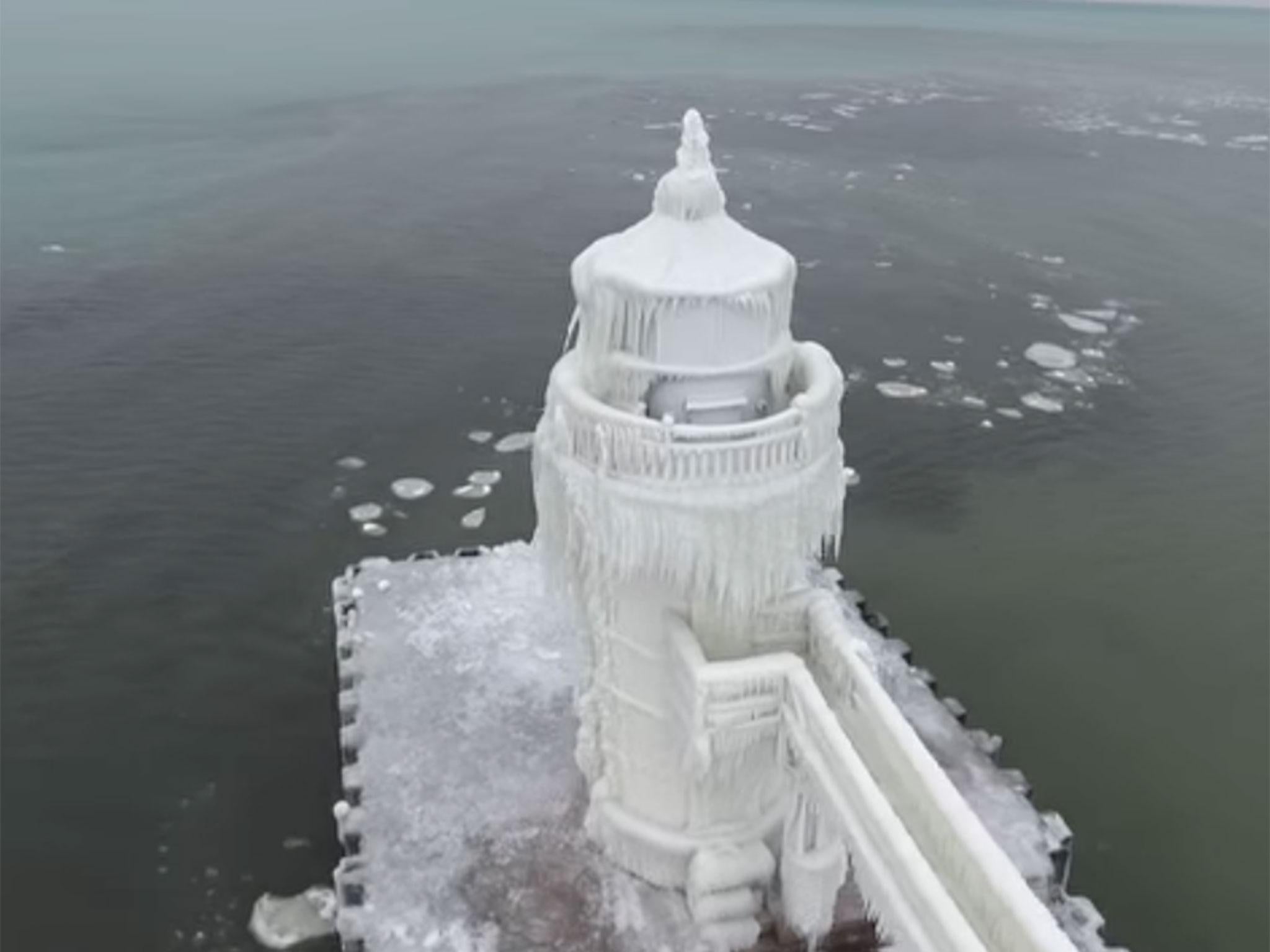
The Winter Wonder of Frozen Lighthouses
Winter in the Great Lakes region of the United States can be a magical time, especially when it comes to frozen lighthouses on Lake Michigan. These icy structures are not only beautiful to look at, but they also hold a rich history and significance for the surrounding communities.

The History of Lake Michigan Lighthouses
Lighthouses have been guiding ships along the Great Lakes for centuries, and Lake Michigan is no exception. The first lighthouse on the lake was built in 1832, and over the years, many more were constructed to help keep sailors safe.
These lighthouses were often manned by keepers who lived on site and were responsible for maintaining the light and ensuring it was visible to passing ships. The job was dangerous and often isolated, but it was also crucial for the safety of those at sea.

The Significance of Frozen Lighthouses
Today, many of the lighthouses on Lake Michigan are no longer in use, but they still hold a significant place in the hearts of those who live near them. They are a reminder of the region's rich history and the importance of the Great Lakes to the local economy and way of life.
When these lighthouses become frozen during the winter months, they take on a whole new level of significance. They become a symbol of the harsh but beautiful environment of the Great Lakes region and a reminder of the importance of safety and caution when traveling on the water.

How to See Frozen Lighthouses
If you're interested in seeing frozen lighthouses on Lake Michigan, there are several ways to do so. Many local tour companies offer winter tours that include stops at some of the most iconic lighthouses in the region.
You can also take a self-guided tour and explore the lighthouses on your own. Just be sure to dress warmly and take precautions, as the icy conditions can be dangerous.

Conclusion
Frozen lighthouses on Lake Michigan are a beautiful and significant part of the Great Lakes region. They remind us of the importance of safety and caution when traveling on the water and the rich history and significance of these structures for the surrounding communities.
Whether you're exploring them on your own or taking a guided tour, be sure to take the time to appreciate the beauty and wonder of these icy structures.